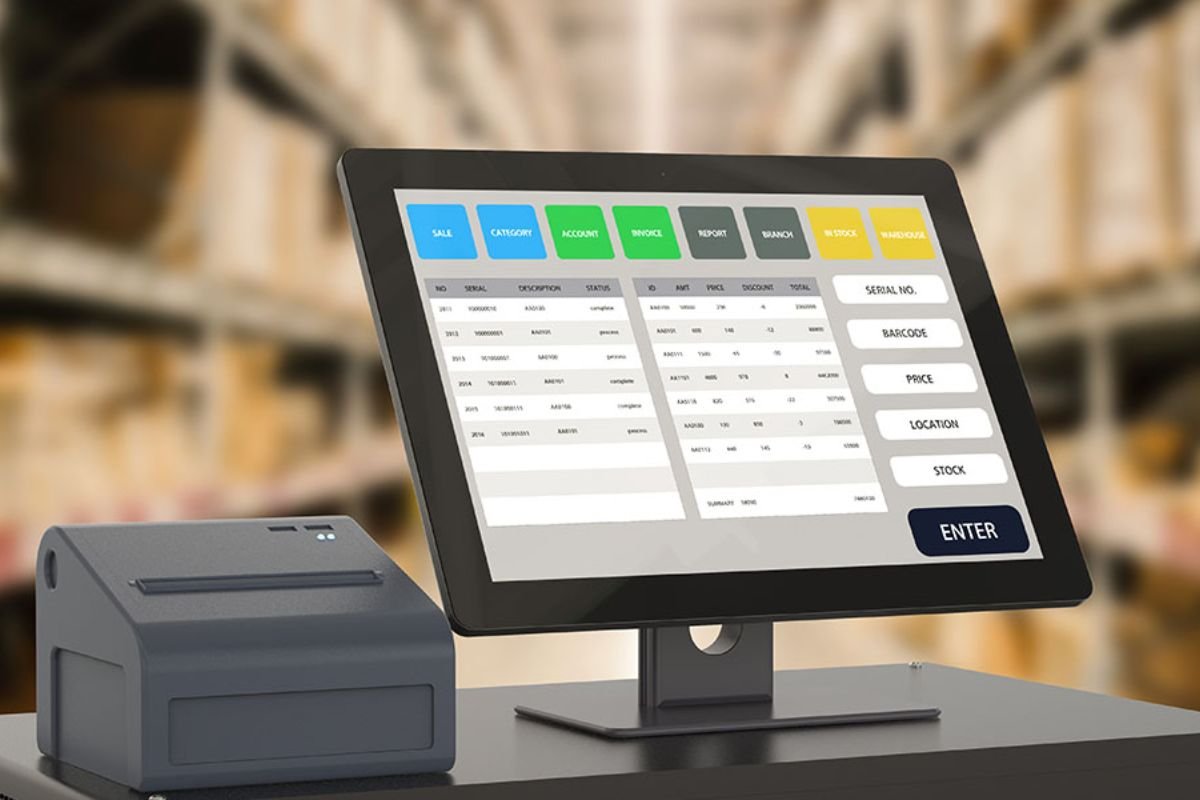Technology has enhanced our lives immeasurably, but it has also worked for and against drug traffickers. Here’s how…
The world of drug trafficking has evolved significantly, and the role of technology in this illicit trade cannot be overstated. As drug trafficking lawyers explore the complexities of these cases, they encounter a challenge—technology serves as both an enabler and a hindrance for those involved in drug trafficking in 2024.
In this article, we’ll be exploring this question further, providing some working examples.
Drug Trafficking and Technology

In the underground world of drug trafficking, technology plays a dual role, acting as both a facilitator for criminal activities and a tool for law enforcement agencies to combat these illicit activities. The advent of the dark web, encrypted communications, and specialised apps has provided traffickers with new avenues to operate covertly.
On the flip side, advancements in surveillance systems, artificial intelligence (AI), machine learning, blockchain technology, mobile forensics, cryptocurrency tracking, and licence plate recognition have empowered law enforcement in their tireless efforts to combat drug-related crimes.
Technology Facilitating Drug Trafficking
The dark web could be considered an underground marketplace where illegal substances are bought and sold with a degree of anonymity. Cryptocurrencies, often associated with this hidden corner of the internet, facilitate transactions beyond the reach of traditional financial systems. Encrypted messaging apps provide a secure means of communication for traffickers to coordinate operations without the fear of interception.
Apps Facilitating Drug Trafficking

The illicit drug trade has found refuge in the digital world through the proliferation of clandestine apps designed to streamline and conceal illegal transactions. These apps operate as covert marketplaces, connecting buyers and sellers while providing a veneer of anonymity.
In the intricate web of drug trafficking, these applications offer a platform for traffickers to showcase their products, manage transactions, and communicate with clients securely. The decentralised nature of these apps, often hosted on servers resistant to traditional takedown efforts, poses a considerable challenge for law enforcement.
As drug trafficking lawyers deal with cases involving these apps, they encounter a complex situation where technology intertwines with criminal activities. The anonymity provided by these platforms, coupled with end-to-end encryption, shields both parties involved in drug transactions from easy detection. Despite the challenges, law enforcement agencies continue to adapt their strategies, employing technological countermeasures and collaboration with tech companies to identify and dismantle these illicit digital marketplaces.
Encrypted Communications in Drug Trafficking
The rise of encrypted communications has become a cornerstone in the architecture of modern drug trafficking operations. Messaging apps with end-to-end encryption ensure that conversations between traffickers remain confidential and shielded from surveillance. This technological safeguard extends beyond text messages to voice calls and multimedia exchanges, providing a comprehensive veil of secrecy.
From the perspective of drug trafficking lawyers, cases involving encrypted communications present unique challenges. The impenetrable nature of these technologies often obstructs traditional investigative methods, making it challenging to obtain crucial evidence. As traffickers leverage encrypted platforms to coordinate logistics, manage distribution networks, and negotiate deals, the legal landscape becomes increasingly intricate.
Law enforcement agencies recognise the significance of encrypted communications in drug-related crimes. While respecting privacy rights, they grapple with the need to develop innovative strategies and technologies to pierce through the encryption barrier. The ongoing cat-and-mouse game between those orchestrating drug trafficking schemes and the authorities underscores the pivotal role of technology in shaping the contours of this complex criminal landscape.
Technology in Law Enforcement Against Drug Trafficking

The arms race against drug traffickers has seen law enforcement agencies harness cutting-edge technologies. Advanced surveillance systems equipped with facial recognition and behavioural analytics enable authorities to monitor and track criminal activities more effectively.
AI and machine learning algorithms analyse vast datasets to identify patterns and predict potential drug trafficking activities. Blockchain technology is employed to trace the flow of funds in cryptocurrency transactions, aiding in the identification and apprehension of those involved in drug-related crimes. Mobile forensics have become a critical tool in extracting valuable information from electronic devices seized during investigations.
When we look at cryptocurrency, the same technology that aids traffickers in anonymous transactions also leaves a digital trail that law enforcement can follow. Sophisticated algorithms and analytical tools enable authorities to trace cryptocurrency transactions, uncovering the financial networks supporting drug trafficking operations. Licence plate recognition technology enhances the tracking of vehicles involved in the transportation of illicit substances, providing crucial leads for investigators.
The Future of Technology in Drug Trafficking
In the ongoing battle against drug trafficking, technology is a double-edged sword. While it presents traffickers with sophisticated tools to operate in the shadows, it also equips law enforcement with powerful instruments to track, analyse, and ultimately dismantle these criminal enterprises.
As drug trafficking lawyers grapple with increasingly complex cases, the interplay between technology and law enforcement strategies continues to shape the dynamics of this challenging area.
Image Credit
2. Yash Lucid






